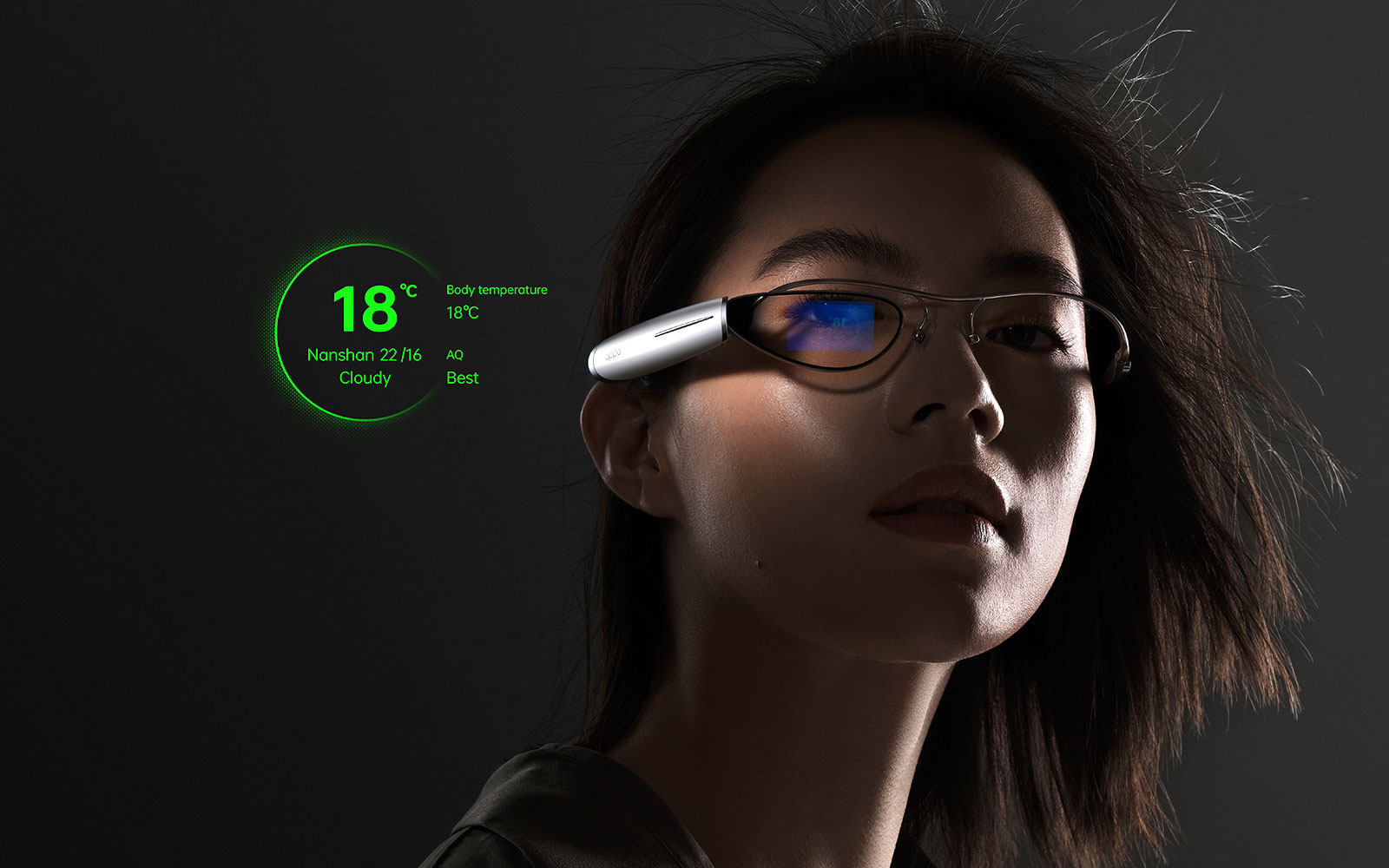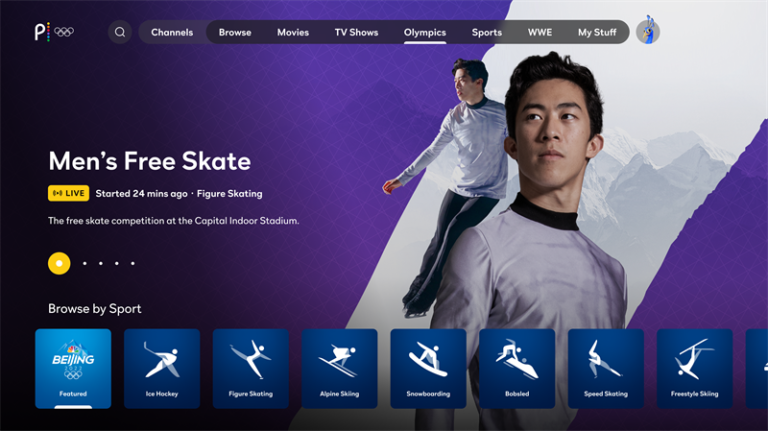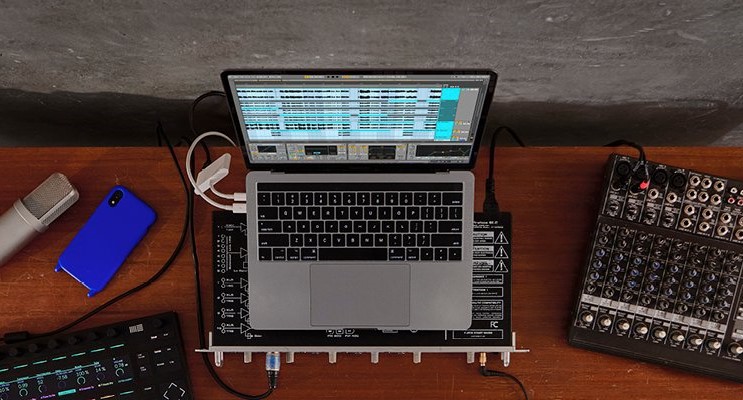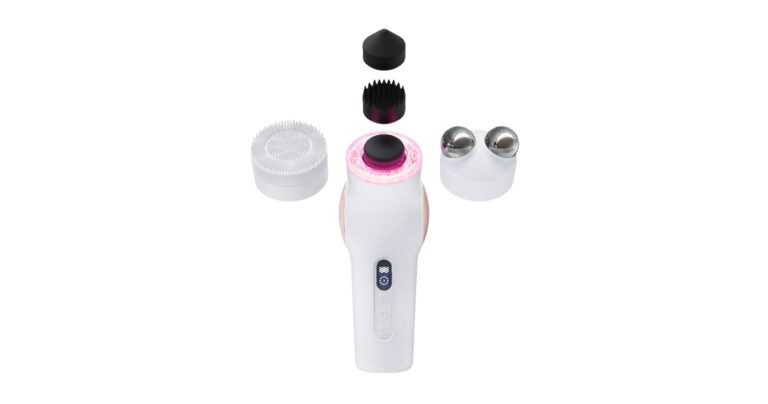Oppo Air Glass is a modernized Google Glass for China
There hasn’t been much update on Google Glass since the wider availability of its Enterprise Edition 2 back in early 2020, but on the other side of the world, Oppo believes now is the time to launch a direct competitor — albeit in the China market only. Following last year’s Oppo AR Glass concept, the Oppo Air Glass will become available to Chinese consumers in Q1 2022 for a yet-to-be-announced price. It’ll come in two parts: a detachable monocle waveguide device (in black or white) and either a silver half frame or a black full frame. And no, you won’t be able to attach this 30-gram device to your own glasses.
Much like Google Glass, Oppo Air Glass is designed to deliver simple information for use cases such as navigation, translation, teleprompter, calendar, weather, fitness tracking and more. Oppo calls this “assisted reality,” which keeps the package portable yet practical and accessible. This is achieved using a power-efficient “Spark Micro Projector,” which comes in at roughly the size of a single coffee bean, and it houses a Micro LED chip to project a bright 640 x 480 image onto a waveguide display — one that’s larger than that of Google Glass.
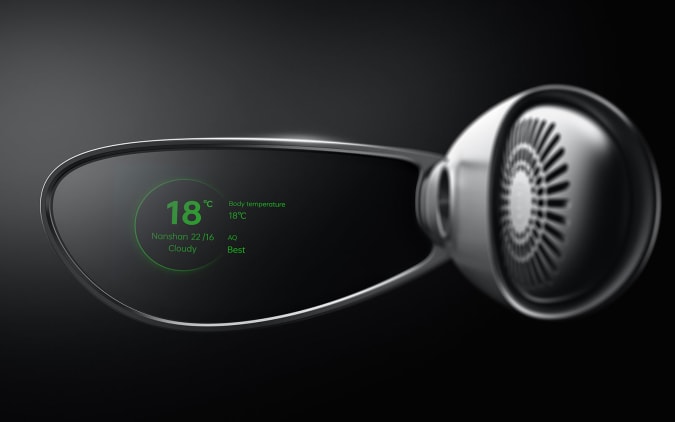
Oppo
Oppo Air Glass is driven by a Qualcomm Snapdragon Wear 4100, which is similar to the chip inside some of the latest Fossil smartwatches. Once paired with an Oppo phone (with ColorOS 11 or later) or smartwatch, you can toggle notifications by tapping the Air Glass’ slim touch bar or simply by nodding your head, and then tap again or shake your head to close them. To switch between apps, simply swipe the touch bar.
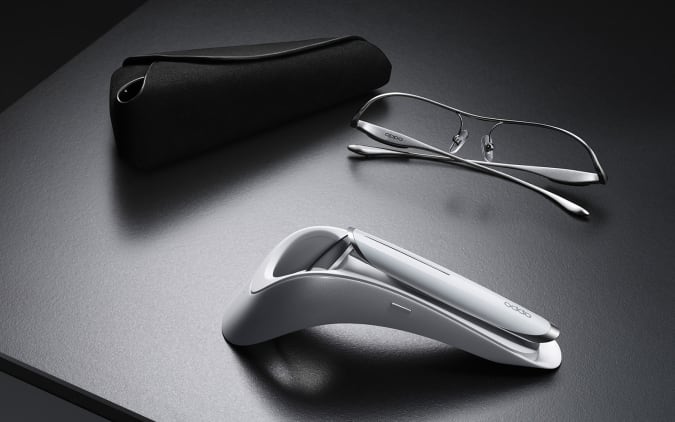
Oppo
In the case of the teleprompter app, you can upload your speech, set your text size and scrolling speed via the smartphone app, and then tap the touch bar to scroll manually if needed. Oppo is also testing hand gesture tracking via the Oppo Watch for a supposedly more intuitive control here.
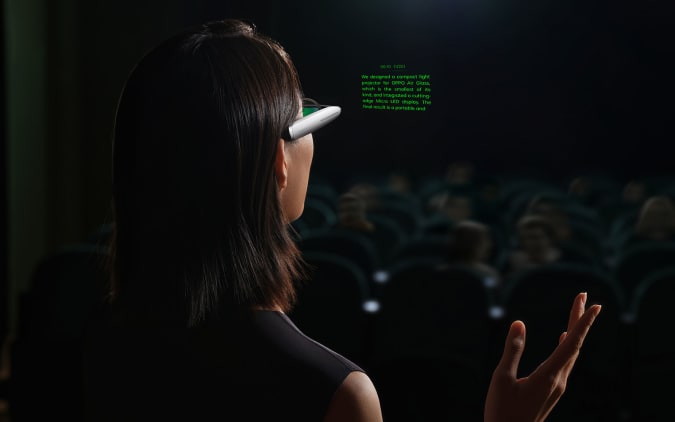
Oppo
If you happen to have two Oppo Air Glasses and are struggling to communicate with a foreigner, you can pair them up and get your partner to wear one for instant translation — your device will translate the other person’s voice on your screen, and vice versa. However, only Chinese, English and Japanese are supported at the moment, with Korean to follow soon.
For the navigation app, Oppo worked with Baidu to integrate Baidu Walk & Bike Navigation as well as Explore Nearby. Don’t expect any sophisticated AR graphics here; users will simply see step-by-step navigation based on one’s location and orientation, and voice command is supported (presumably only in Chinese).
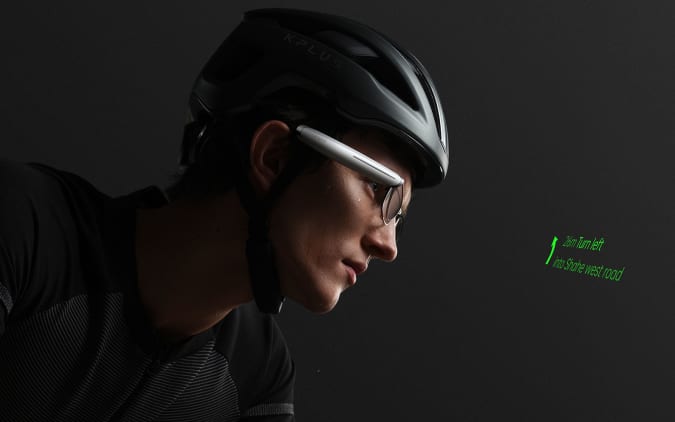
Oppo
An Oppo rep added that the Air Glass is the result of two previous designs, which allowed the company to work with developers to build up an ecosystem. In addition, the Chinese company will soon release a Smart Glass SDK to let more developers — potentially those from overseas as well — into the party.
Considering how other companies such as Meta, Bose, Amazon, Snap and Razer have been focusing on either audio- or camera-based smartglasses, Oppo’s strategy with its Air Glass is certainly a bit of a surprise. For now, this is all rather experimental for Oppo, as the device will only be launched in China in a limited quantity, with each labelled with a unique edition number on its package.
All products recommended by Engadget are selected by our editorial team, independent of our parent company. Some of our stories include affiliate links. If you buy something through one of these links, we may earn an affiliate commission.
